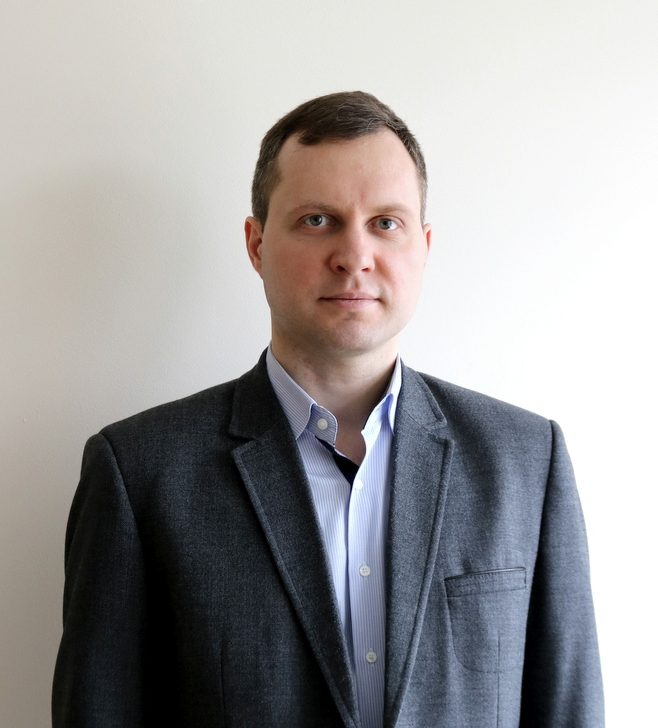Mantas Landauskas is an associate professor at KTU Faculty of Mathematics and Natural Sciences, associate professor, Vice-Dean for Research. The main research – image analysis and computer vision, nonlinear dynamic systems, time series forecasts and optimization tasks. In scientific research, M. Landauskas often uses machine learning algorithms to solve classification or forecasting tasks; some of the models being developed are designed for automatic decision-making (detection of a defect in the system from the data stream, detection of an anomaly in the electrocardiogram, etc.).


